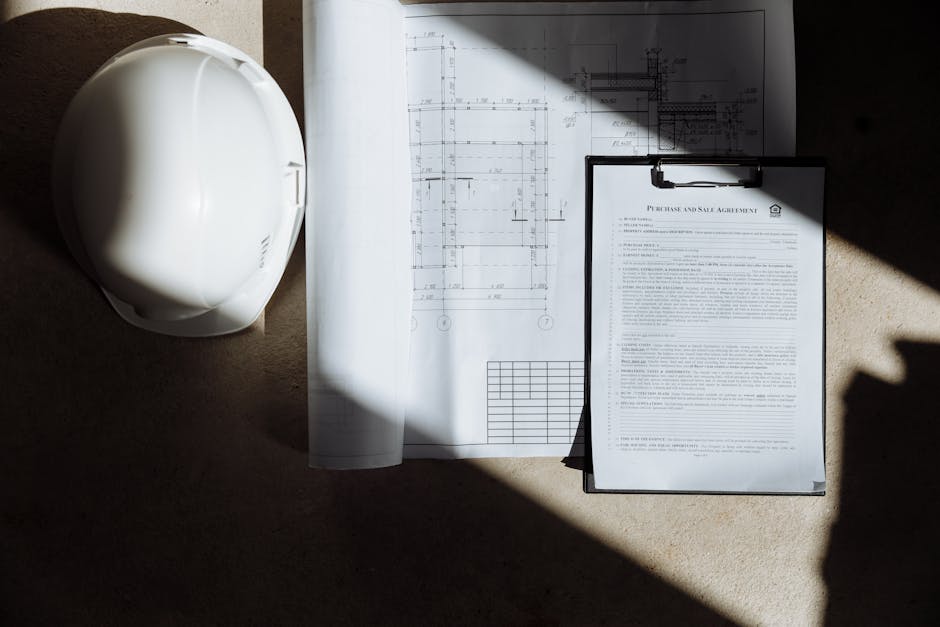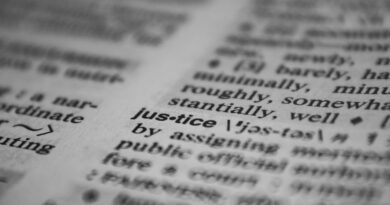How to Use Flowcharts for Contract Drafting
Have you ever stared at a contract and felt overwhelmed? You’re not alone. Many people find contracts confusing. But what if there was a way to simplify this process? Enter flowcharts! These visual tools can help you draft contracts more clearly and efficiently. In this article, well explore how to use flowcharts for contract drafting and why they are so effective.
What is a Flowchart?

A flowchart is a diagram that represents a process. It uses symbols and arrows to show how steps connect. Think of it as a roadmap. Just like a GPS guides you through a trip, a flowchart can guide you through complex legal language. This makes understanding contracts easier.
Why Use Flowcharts for Contract Drafting?

You might wonder why flowcharts are useful in the world of contracts. Here are some compelling reasons:
- Clarity: Flowcharts simplify complex information.
- Organization: They help you organize thoughts logically.
- Visual Learning: Many people grasp concepts better when they see them.
Research shows that visuals can improve understanding and retention by up to 65%. So, why not use them in contract drafting?
How Can Flowcharts Help You Draft Contracts?

Lets break down the process. Here are the steps to create a flowchart for drafting a contract.
1. Identify Your Goals
Before creating a flowchart, know what you want to achieve. What is the purpose of the contract? Is it for a sale, a service, or a rental? Clear goals will guide your flowchart.
2. Gather Key Information
Next, collect all necessary details. This includes:
- Parties involved
- Terms and conditions
- Deadlines
- Payment details
Having your information in one place makes it easier to visualize the contract.
3. Map Out the Process
Start drafting your flowchart. Begin with the contract’s main point. From there, branch out to specific terms. Use simple shapes:
- Ovals: Start and end points
- Rectangles: Steps in the process
- Diamonds: Decision points
For example, if you’re drafting a rental agreement, your flowchart might start with “Tenant agrees to rent” and branch into payment terms or lease duration.
What Should You Include in Your Flowchart?

Now that you know how to start, what should actually go into your flowchart? Here are some key components:
Essential Elements of a Contract Flowchart
- Parties Involved: Names of individuals or companies.
- Obligations: What each party must do.
- Rights: What each party is entitled to.
- Consequences: What happens if someone fails to meet their obligations.
Each of these elements can be a separate branch in your flowchart. This visual separation makes it easier to understand the relationships and responsibilities.
How to Design an Effective Flowchart
Design can make or break your flowchart’s effectiveness. Here are tips to ensure clarity:
Keep It Simple
A cluttered flowchart can confuse more than help. Limit the number of elements on each page. If necessary, break complex processes into multiple charts.
Use Consistent Symbols
Stick to standard flowchart symbols. This consistency helps others follow your flowchart without needing a legend. Remember, clarity is key!
Highlight Important Information
Use colors or bold text to emphasize critical terms. For instance, you might highlight deadlines in red. This draws attention to important points.
What Tools Can Help You Create Flowcharts?
Ready to create your flowchart? You don’t need to be a tech whiz. Many user-friendly tools are available:
- Lucidchart: An online tool with drag-and-drop features.
- Microsoft Visio: A classic choice for professionals.
- Google Drawings: A free and accessible option.
Choose the one that suits your needs best. Most offer templates to get you started quickly.
How to Review Your Flowchart
Once your flowchart is complete, it’s time to review. Here are some questions to consider:
- Is everything clearly labeled?
- Are there any missing steps?
- Does it flow logically?
Having another set of eyes can also help. Ask a colleague or friend to review it for clarity.
Common Mistakes to Avoid
Even experienced drafters can make mistakes. Here are a few to watch out for:
- Overcomplicating: Avoid adding unnecessary details.
- Ignoring Feedback: don’t skip the review process.
- Assuming Knowledge: Remember that not everyone knows the terminology.
Being aware of these pitfalls can save you time and reduce confusion.
How Can Flowcharts Enhance Communication?
One of the biggest benefits of flowcharts is improved communication. They provide a common language. Everyonelawyers, clients, and stakeholderscan see the same visual representation.
According to a study by the Visual Learning Institute, visuals can lead to better collaboration. This means everyone is on the same page and understands their roles and obligations.
Are There Any Limitations to Using Flowcharts?
While flowcharts are helpful, they do have limitations. Here are a few:
- Not all processes can be simplified visually.
- Some legal terms may still require detailed explanations.
- Flowcharts can become cluttered if overly complex.
Keep these limitations in mind, and use flowcharts as a complement, not a replacement, for traditional contract drafting.
Conclusion: Take Action with Flowcharts
Using flowcharts for contract drafting can transform the way you work. They make complex information easier to digest, encourage collaboration, and enhance clarity.
So, what are you waiting for? Start creating your flowchart today! Remember to define your goals, gather information, and keep it simple. With practice, youll become a pro at drafting contracts that are clear and actionable.
For more tips on contract management, check out our article on 10 Essential Tips for Effective Contract Management.
Ready to streamline your contract process? Flowcharts are your new best friend!



